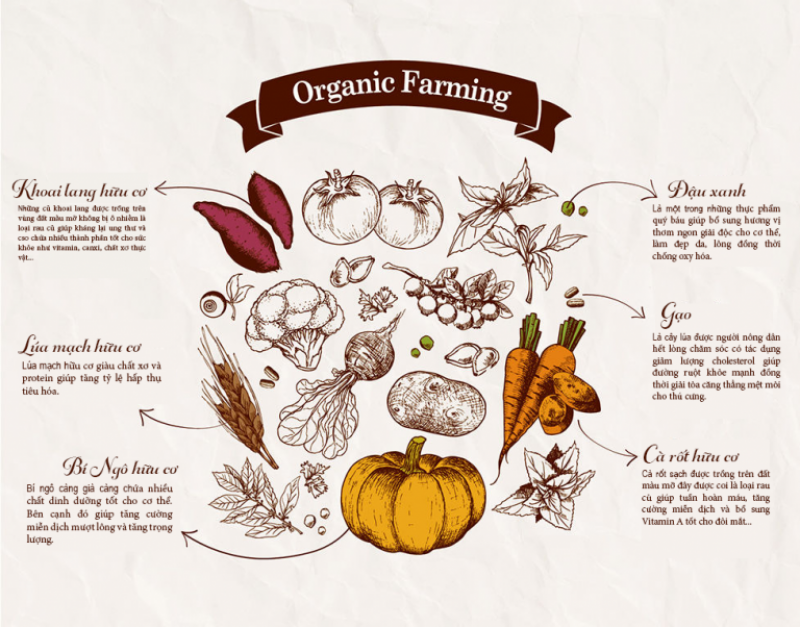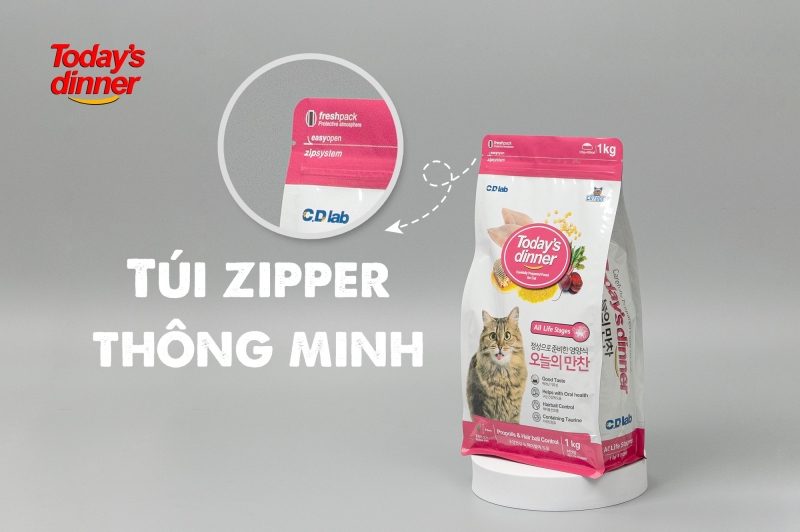Improperly stored pet food can lose many nutrients and harm your pet’s health. When pet food is exposed to air or light, oxidation occurs, causing it to spoil quickly. So, how can you properly store pet food? Let’s delve into this issue.
Firstly, it’s crucial to store pet food in a cool, dry place, preferably in an airtight container. This helps prevent oxidation and keeps the food fresh for a longer period. Additionally, make sure to seal the packaging tightly after each use to maintain freshness.
Furthermore, avoid storing pet food in areas exposed to direct sunlight, as UV rays can accelerate the oxidation process. Instead, opt for a dark storage space, such as a pantry or cupboard, to preserve the food’s quality.
Moreover, it’s essential to adhere to the expiration date on the pet food packaging. Using expired food can lead to health issues for your pet, as the nutrients may have degraded over time. Always rotate your pet’s food to ensure you’re using the oldest food first.
In addition to proper storage, consider portioning out your pet’s food to avoid overfeeding. This helps maintain your pet’s weight and ensures they receive the correct amount of nutrients. Consult your veterinarian to determine the appropriate portion size for your pet’s age, size, and activity level.
Furthermore, if you’re transitioning your pet to a new food, do so gradually over the course of several days to prevent digestive upset. Mix small amounts of the new food with their current food, gradually increasing the proportion of the new food each day.
Lastly, cleanliness is paramount when handling pet food. Wash your hands and any utensils used to scoop or serve the food to prevent contamination. Additionally, regularly clean your pet’s food and water bowls to maintain their health and well-being.
In conclusion, proper storage and handling of pet food are essential for maintaining its nutritional value and ensuring your pet’s health. By following these guidelines, you can provide your furry friend with the best possible diet and help them live a long and healthy life.
1. Mistakes when preserving dog and cat food
Many pet owners today are highly concerned about selecting high-quality, nutritious food for their dogs and cats, yet they often overlook the importance of proper storage, which is crucial for maintaining and maximizing the nutritional content of the food.
Let’s examine some common mistakes people make when handling pet food:
One common mistake is discarding the original packaging of pet food. Specialized pet foods, especially dry kibble, come packaged in various materials such as paper bags or plastic pouches. However, many pet owners tend to discard these and instead transfer the food into plastic or glass containers.
Did you know that some high-quality pet food packaging, like zip-top bags used for brands such as Today’s Dinner, are meticulously designed to resist moisture and mold? Simply storing them in a well-ventilated, clean space away from direct sunlight is sufficient.
Furthermore, the packaging often contains vital information about the nutritional content of the food or its expiration date. In cases where you mistakenly purchase the wrong type of food or it has exceeded its expiration date, it’s essential to consider returning or exchanging the product.
By retaining the original packaging, you can ensure that the food remains fresh and uncontaminated, preserving its nutritional integrity. Additionally, it allows you to refer back to important information provided by the manufacturer, such as feeding guidelines and ingredient lists.
Moreover, avoiding the transfer of pet food into alternate containers reduces the risk of cross-contamination and maintains the food’s freshness. Plus, it saves time and effort, as you won’t need to clean and sanitize additional storage containers.
In conclusion, preserving the original packaging of pet food is a simple yet crucial step in maintaining its quality and ensuring your pet receives the best nutrition possible. By being mindful of these storage practices, you can contribute to your pet’s overall health and well-being.

Leaving dry kibble out in the open for too long poses risks of spoilage, moisture, and mold growth, potentially compromising the quality of the product. Some nutrients may evaporate, or worse, the food could become contaminated with bacteria, posing a safety hazard to pets.
Direct exposure to sunlight is another concern when it comes to storing dry pet food. The common misconception that placing kibble under sunlight prevents mold and kills bacteria is inaccurate. In fact, high temperatures can increase moisture levels and accelerate food spoilage.
Moreover, certain types of dry kibble require storage in cool, dry environments to prevent nutrient loss. Excessive heat can degrade the nutritional value of the food. Additionally, direct sunlight exposure increases the risk of Salmonella contamination, a bacterium that can cause illness in dogs and cats.
Using pet food close to or past its expiration date is also risky. While the texture and appearance of the food may not show significant changes shortly after expiration, its internal quality is likely compromised.
Pet foods are formulated to be consumed within a specific timeframe, beyond which the nutrients may lose their potency, and harmful bacteria could proliferate. As the effectiveness of preservatives diminishes over time, expired pet food becomes increasingly unsafe for consumption.
Therefore, it’s crucial to adhere to proper storage practices and expiration dates when handling pet food. By storing dry kibble in sealed, original packaging in a cool, dark place, pet owners can help maintain its nutritional integrity and ensure the safety of their furry companions. Regularly checking expiration dates and promptly discarding expired food is essential for safeguarding pet health.
2. Instructions for properly preserving dog and cat food
When it comes to dry pet food:
After opening the bag, dry pet food for dogs and cats should not be exposed directly to sunlight. It must be stored in a well-ventilated environment, away from moisture and dampness. For smaller food bags, simply sealing them tightly after each use prevents the kibble from being exposed to environmental factors. Some bags even come with zip closures for added convenience.
Expired food may harbor bacteria, fungi, or rancid oils. Adding such remnants to a new bag of food can compromise its quality. Therefore, it’s advisable to finish the old food before opening a new bag. This ensures that the new batch remains sealed until needed, preserving its freshness for a longer period.
For larger bags of pet food, it’s essential to have proper storage containers for portioning and preservation. Containers with tight-fitting lids, made of glass or plastic, are suitable for protecting pet food from direct exposure to air and preventing infestations by pests and insects.
By following these storage guidelines, pet owners can maintain the quality and safety of their pet’s food, ensuring that it remains fresh and nutritious for their furry friends.

For wet food such as pate for dogs and cats, the storage method is simpler as it comes in convenient packages or small cans that can be used up in one serving.
However, if your pet doesn’t finish the entire portion in one sitting or if you opt for larger cans or pouches to save money, leftover food must be refrigerated after opening. It’s important to ensure that your pet consumes the remaining food within 7 days.
Additionally, it’s crucial not to leave wet food out in the open for more than 3 hours, as it can become contaminated with bacteria, posing a risk of food poisoning to your pet.
For those who prepare homemade meals for their pets, the best way to store them is by dividing them into appropriately sized portions that can be consumed in one meal and then freezing them. Before each mealtime, simply thaw and reheat the food, ensuring that your pet enjoys a fresh and delicious meal.
Above are some suggestions to help you better store food for your dogs and cats. We wish our furry companions a healthy and thriving life!